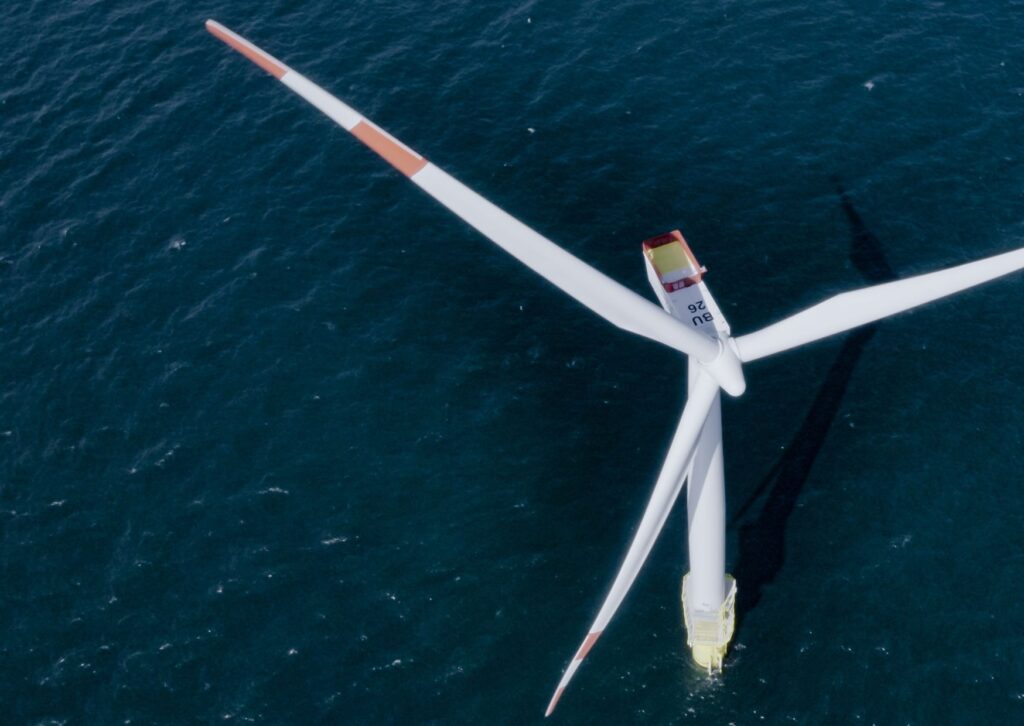Offshore wind turbine blades endure formidable conditions, necessitating durability for sustained functionality. But what is their actual lifespan?
Answering this question has been a challenge, but recent research from the University of Southampton sheds light on this crucial aspect. Investigating various blade coatings and monitoring their performance over time, researchers have made significant strides in understanding durability.
The findings carry profound implications for the offshore wind industry’s trajectory. Enhanced coatings have been shown to extend blade lifespans beyond 20 years with diligent maintenance, promising cost-effectiveness and bolstering industry growth.
Background on Offshore Wind Turbines
Offshore wind turbines, unlike their land-based counterparts, harness wind energy in oceanic environments. This burgeoning renewable energy source offers distinct advantages:
- High Wind Speeds: Situated in deeper waters, offshore turbines benefit from higher wind speeds.
- Weather Resistance: Reduced susceptibility to adverse weather conditions enhances reliability.
- Space Efficiency: Offshore installations occupy less land space, easing environmental concerns.
- Minimal Interference: With fewer constraints on placement, offshore turbines minimize interference with aviation and shipping routes.
Manufacturing Process and Material Insights
Wind turbine blades, pivotal in energy conversion, undergo meticulous manufacturing processes. Crafted from reinforced fiberglass or carbon fiber composites, their aerodynamic design optimizes energy capture. The manufacturing journey involves precise design, sectioning, assembly, and rigorous quality testing.
Optimizing Blade Lifespan
The longevity of wind turbine blades, typically around 20 years, hinges on multiple factors:
- Material Quality: High-grade materials contribute to durability.
- Environmental Factors: Climate conditions influence wear and tear.
- Turbine Variation: Blade lifespan varies across turbine types.
- Usage Intensity: Regular maintenance and operation impact longevity.
Enhancing blade lifespan remains a focal point for industry innovation. While no universal solution exists, ongoing experimentation with materials and designs aims to optimize performance and longevity across diverse turbine models.
